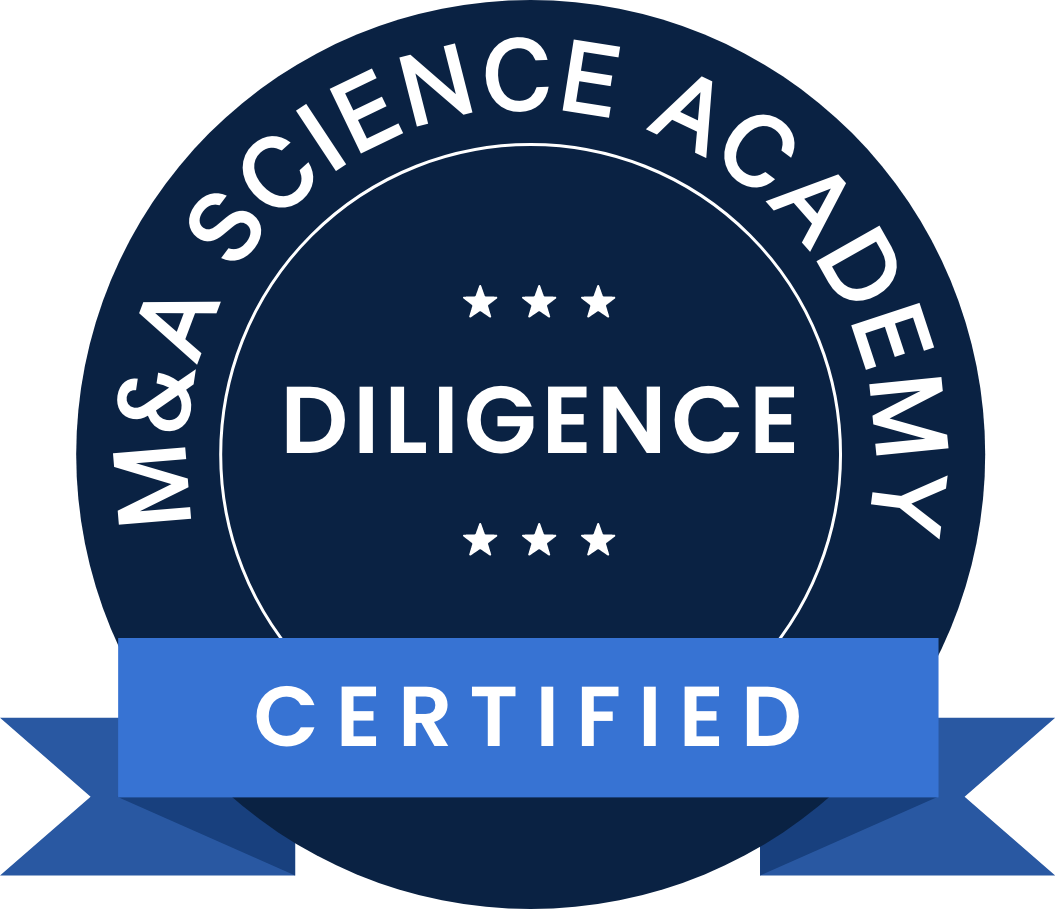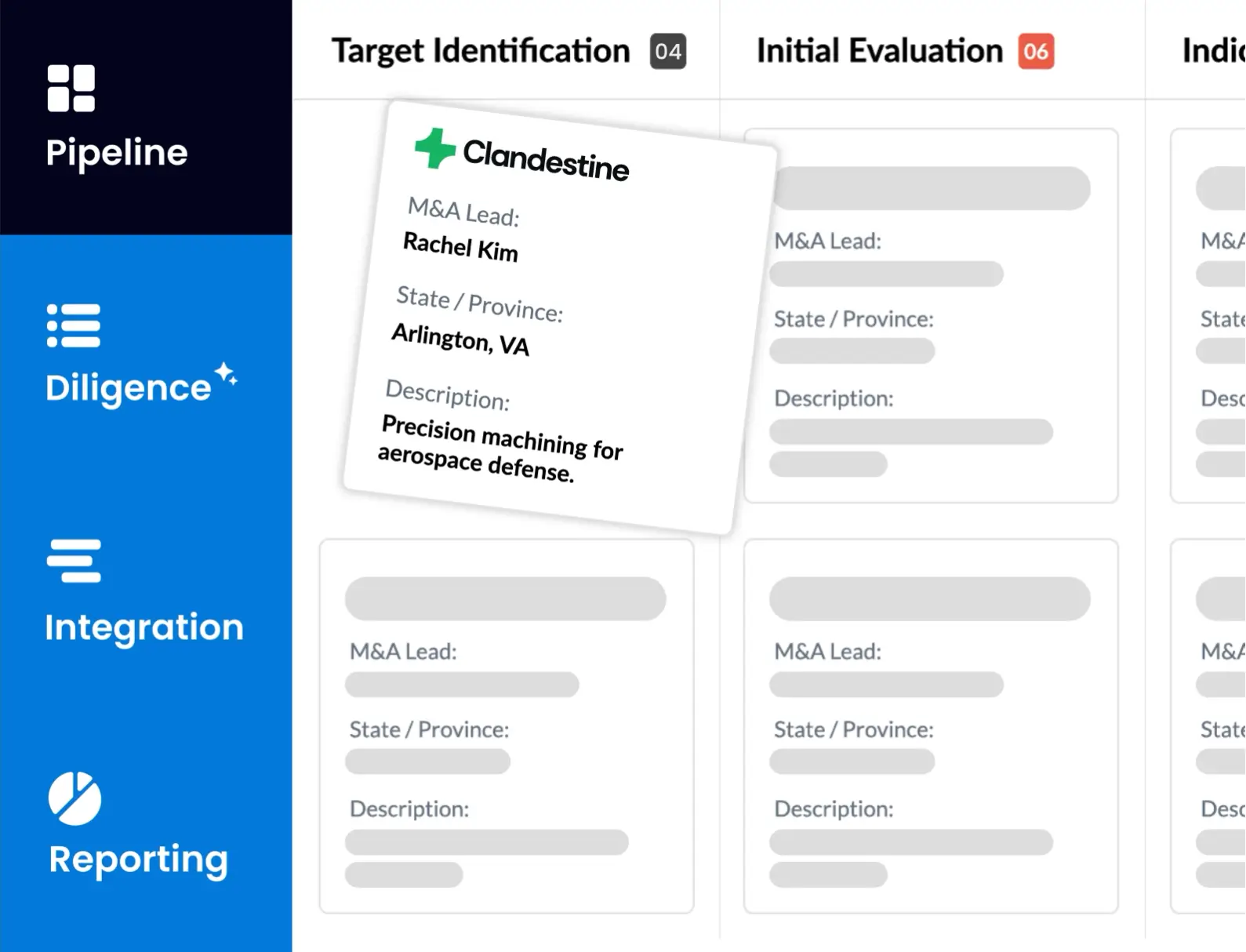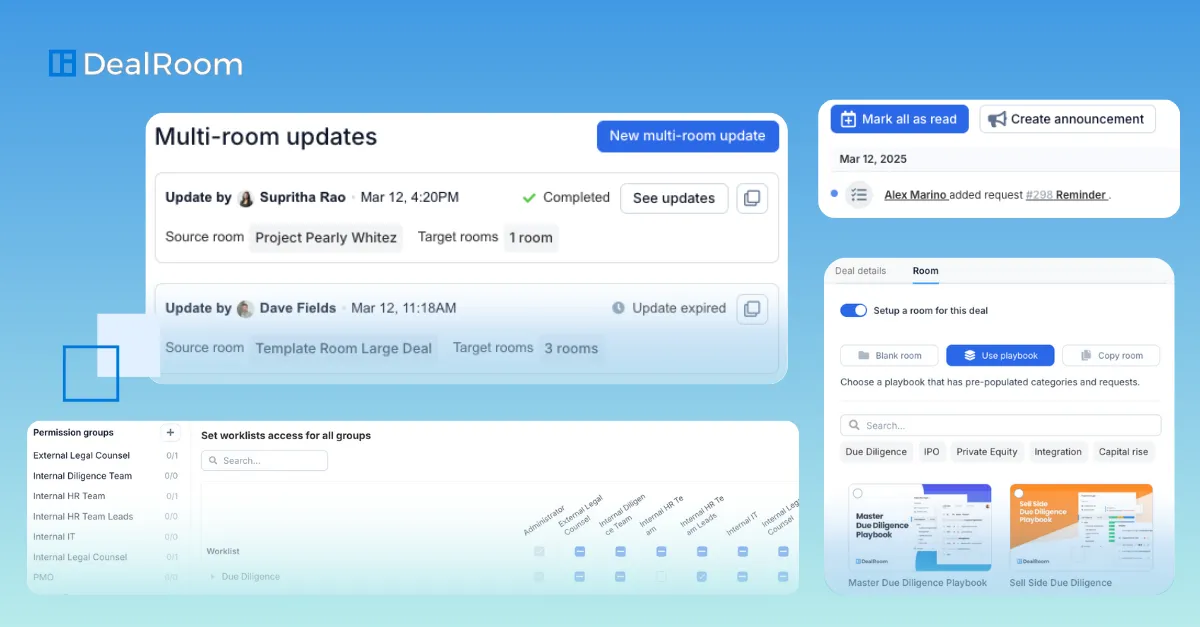In a previous post, we looked at backward integration and how it empowered companies to take control of their supply chain.
This time, the team at DealRoom turns its attention to forward integration and what it means for companies downstream in the supply chain.
What is Forward Integration?
Forward integration is the process by which companies acquire a segment (or segments) of their upstream supply chain - i.e. it acquires the companies ahead of it in the supply chain, hence the term ‘forward integration’. For a farmer, this could mean acquiring a milk processing plant; for a textiles producer, it could mean acquiring a home fabrics brand.

How Does Forward Integration Work?
Forward integration tends to be less common than backward integration for two reasons. First, companies further ahead in the supply chain (i.e.upstream companies) tend to enjoy larger revenue than those downstream.
All things being equal, a clothing brand would have larger revenues than a textile company. Second, the level of complexity is often higher further forward in the supply chain, discouraging many downstream companies to acquire them.
This is not to say that forward integration is entirely unattractive to downstream companies. On the contrary, in some industries - mineral extraction, for example - forward integration rather than backward integration is the norm.

Esso, which started as Standard Oil, began life as an oil exploration and extraction firm. Only when it had secured a monopoly in America’s oil wells did it begin forward integration with refining, piping and distribution, and gasoline stations.
Forward integration may be even more attractive than backward integration, particularly when the company controls vital resources (oil for example)as opposed to raw materials which are relatively abundant (say, milk).
In the section which follows, we look at the advantages and disadvantages of forward integration, noting first that several are essentially the same benefits and drawbacks as those we associate with backward integration.
Advantages and Disadvantages of Forward Integrations
Advantages:
- Become price makers: By moving from raw materials (downstream) to branded products (upstream), companies can generate higher margins, benefit from increased customer awareness, and become price makers rather than price takers.
- Competitive advantage: If a company has the management capability to make an upstream acquisition work, its existing resources should give it a competitive advantage over others operating in that space.
- Control over distribution channels: Instead of being vulnerable to the whims of distributors who play suppliers against each other, forward integration should enable the company to ensure a more stable distribution of its resources.
Disadvantages:
- Management challenges: As mentioned above, companies further along the supply chain are often more complex (although not always), creating management challenges for the company that didn’t exist before.
- Lack of focus: Just as is the case with backward integration, companies are always better positioned to maintain focus on their core strengths - usually this doesn’t include other segments of their supply chain.
- Lack of innovation: Again, similar to backward integration. With the company now virtually guaranteed sales of its output - through its distributor or retailer - there is less incentive for it to continue to maintain a competitive culture within the company.
Backward vs. Forward integration

If forward integration is the acquisition of upstream companies in the supply chain, backward integration is the polar opposite: The acquisition of downstream companies in a company’s supply chain. This could mean a microprocessor manufacturer acquiring a consumer technology brand, a lumber company acquiring a furniture manufacturer, or a coffee plantation acquiring a coffee brand.
Forward integration example
Forward integration has been a running theme in technology over the past decade, as large tech firms have sought to remove third party companies from their supply chains.
A case in point is Disney - a producer of movies and associated branded toys and consumer goods (its ‘raw materials’), who introduced Disney+ to distribute the movies, and a global chain of Disney retail outlets to sell its branded toys and consumer goods.
As mentioned, forward integration is particularly common in mineral extraction.
The story of the small Irish company Quinn Holdings offers us a good case study. Its founder, SeanQuinn, found a quarry beside his house and began supplying gravel to local building contractors. Later, with more capital, he was able to begin producing cement at the quarry and began distributing the cement to builders all over Ireland - ultimately building an empire that started with a raw material: gravel.
Wrap up
The learning curve for managers moving from raw materials to higher margin segments of the supply chain is a steep one. Unless the company’s management is confident that its raw materials are rare enough to give it market power, horizontal movements may be preferable.
In either case, due diligence will ensure managers extract maximum value from the process. Talk to DealRoom about how our M&A project management tool can help you maximize your forward integration.



.webp)















.jpg)



.webp)
.webp)
.webp)






.png)
.png)
.png)
.svg)

.svg)
.png)

